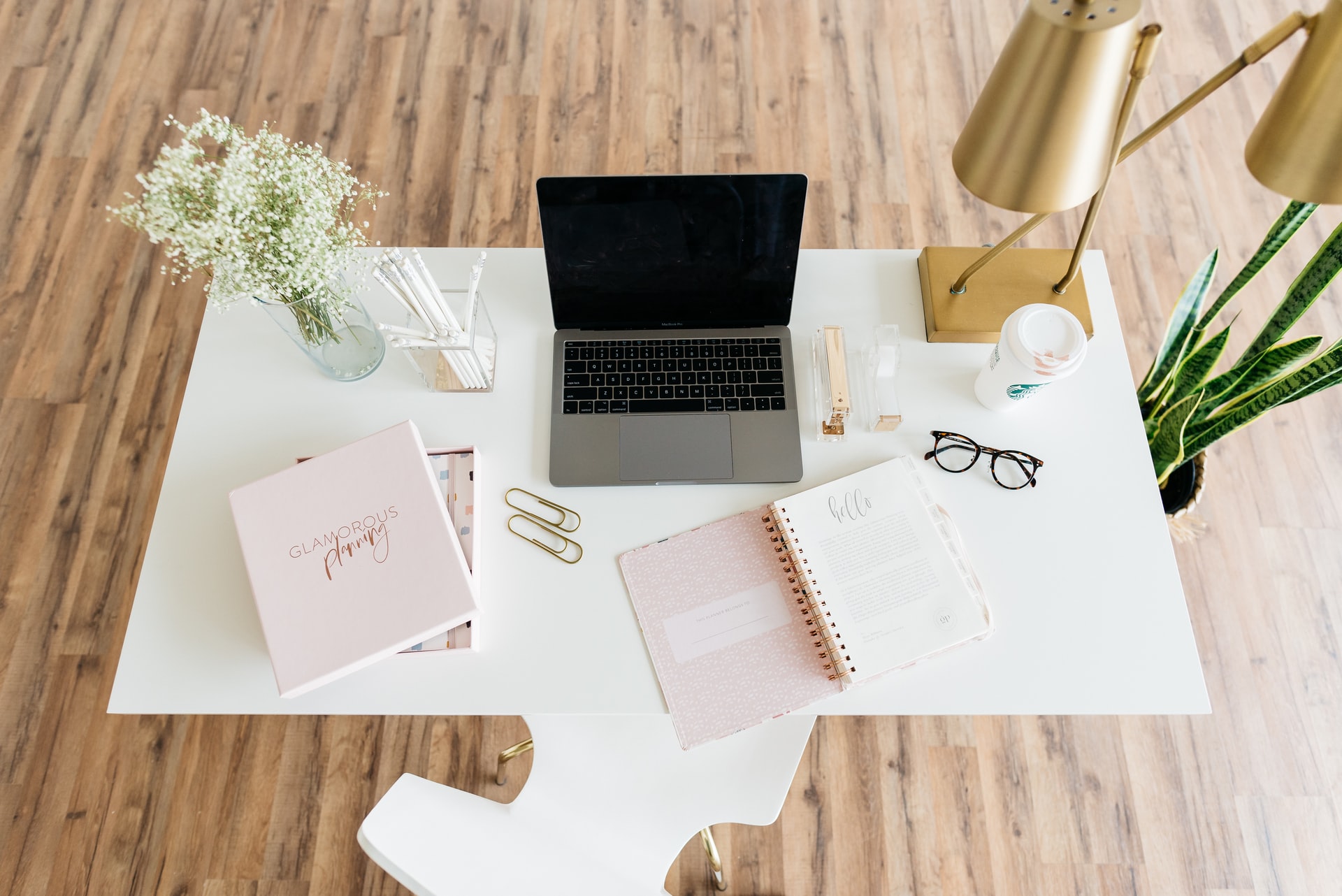The desk is the natural hub of almost any workspace, acting as a central control area for everything productive. With many of us working from home rather than a traditional office space in 2020 as part of the response to the coronavirus pandemic, desks and offices have altered and we have more control than ever before over how we set up our own workspace.
Organisation is key to establishing a work area which inspires creativity, productivity and everything else required to get the job done. Furniture At Work offers a comprehensive catalogue of desks ideal for creating the perfect home office, whether that happens to be an entire room or a corner in another room in homes where space is at a premium.
A work area that is properly set out and organised can boost efficiency and make the working day go a little easier. Increased productivity while working from home could even make the working day shorter, leaving more time for leisure activities.
Decluttering
Having visible clutter around can cloud the mind, make it difficult to find essential documents or other items, and generally reduce productivity below optimum levels. When creating the ideal home office space, the first thing to do is get rid of anything that is non-essential. Even if the workspace is just a desk, chair and small surrounding area, freeing this area from clutter can help make the workday go more smoothly. Getting rid of rubbish and unnecessary bits and pieces before starting can help people feel more motivated once they actually sit down to begin work.
A Place for Everything
Once all the non-essentials have gone, the next stage is to ensure that all essential items have a proper home. Investing in some clever storage can help make even the smallest workspace feel more professional. Stylish storage solutions could include wall-hanging shelves for files, stacking boxes, under-desk filing cabinets, desk tidies for items such as paper clips and pens, and pinboards for fastening to-do lists and other important papers to – in sight but out of the way of the work zone. Sorting wires using cable ties can also help to promote the feeling of a tidy workspace, which should result in a tidier mind.
Labelling
Implementing a clear labelling system from day one helps to ensure that nothing gets lost or forgotten about, even on busy days where tidiness might take a back seat. Drawer dividers, file dividers, post-it notes, sticky labels, and other ways of delineating what goes where and what belongs with what can all help to avoid wasting time searching for that all-important document or essential accessory at a crucial point in the business day.
Everything to Hand
A well-organised desk space will have everything the user commonly needs within arms’ reach. This includes the computer, mouse and keyboard, pens and paper, telephone, and any other accessories or items that are regularly used throughout the working day. Items that are used less regularly can be stored in clearly labelled boxes somewhere else in the room if necessary.
Regular Breaks
While not technically part of desk organisation, taking regular breaks is a fantastic way to boost productivity. Working from home requires more self-motivation than working in an office where the boss is constantly checking up. While it might seem like a good idea to work solidly for eight hours or more a day, it is actually more efficient to take regular short breaks and return to the work station refreshed and ready to see things with new eyes. Regular screen breaks can help with eye health and getting up from the chair and moving around frequently can help prevent back pain, which can be an issue no matter how well-designed that chair is.



 Bitcoin
Bitcoin  Ethereum
Ethereum  Tether
Tether  XRP
XRP  USDC
USDC  Solana
Solana  Cardano
Cardano  TRON
TRON  Lido Staked Ether
Lido Staked Ether  Toncoin
Toncoin  Avalanche
Avalanche